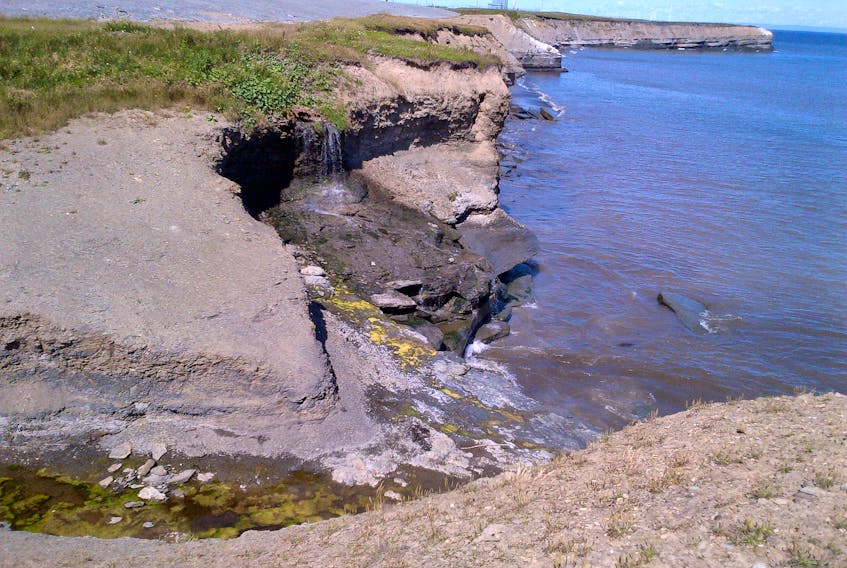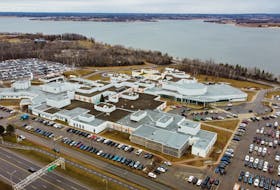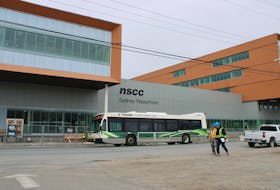SYDNEY, N.S. — Upgrades to two high-risk components of the municipality’s wastewater collection system will not be completed by the federal government’s end of the year deadline.
Cape Breton Regional Municipality wastewater operations manager Matt Viva has confirmed that planned projects in Glace Bay and Port Morien will run well past the Jan. 1, 2021 deadline. That time frame was set by Ottawa for meeting the more stringent regulations for high-risk effluent discharge legislated by Parliament in 2012.
“We won’t meet the Jan. 1 deadline even with the funding in place now because there just isn’t enough time to construct the plants and have them operational in less than a year,” said Viva, who was busy working from home last week.

The environmental engineer’s tune hasn’t changed over the two years since he acknowledged that the scope of CBRM’s wastewater issues were enormous and would eventually cost close to half a billion dollars before the municipal system could meet a series of federal deadlines.
“It’s too much work in too short of time,” he told the Cape Breton Post during a tour of the new Dominion/Bridgeport wastewater treatment facility in January 2018.
Viva said he expects the Port Morien project to be finished within four years, while the Glace Bay endeavour likely will not be completed until 2027. Failure to comply with the federal regulations could lead to fines or criminal charges against municipal government officials, although Viva is hopeful that the municipality will continue to receive exemptions until the major high-risk projects are completed.
Meanwhile, funding is already in place courtesy of the provincial and federal governments through the latter’s Investing in Canada Infrastructure Program. Over the next seven fiscal years, $97.9 million will be spent on designing and constructing the wastewater systems in Glace Bay and Port Morien, replacing the Battery Point (Sydney) UV disinfection system and installing UV disinfection systems at four existing wastewater lagoons.
“I think it’s great that we’re fully funded for this and there is no expense to the CBRM — we’re definitely moving in the right direction,” said Viva.
Future work also includes a $58-million project to upgrade the Westmount side of Sydney harbour before the medium-risk systems deadline of 2030. Low-risk systems have a compliance deadline of 2040. There are five such projects required in the CBRM at an estimated cost of about $277 million. Those upgrades are for the Northside (North Sydney, Sydney Mines, Florence), New Waterford, New Victoria, Donkin and Louisbourg.
The municipality’s existing wastewater operations include two treatment plants, a number of wastewater treatment lagoons, 700 km of piping, 41 outfalls, 56 lift (pump) stations, 14 combined sewer overflows and five community septic tanks.









